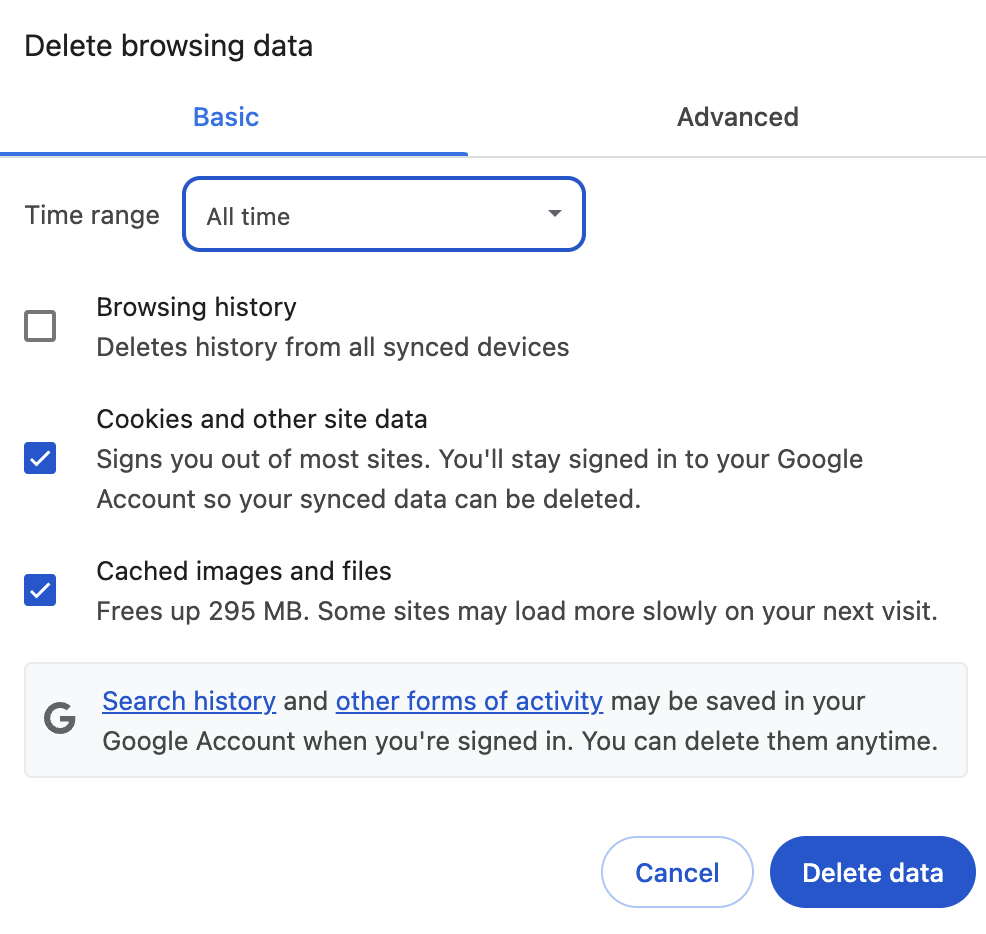
Multimodal AI applications powerfully mirror human thinking. We don’t experience the world in isolated data types – we combine visual cues, text, sound, and context to understand what’s happening. Training multimodal models on your specific business data helps bridge the gap between how your teams work and how your AI systems operate.
Key challenges organizations face in production deployment
Moving from prototype to production with multimodal AI isn’t easy. PwC survey data shows that while companies are actively experimenting, most expect fewer than 30% of their current experiments to reach full scale in the next six months. The adoption rate for customized models remains particularly low, with only 20-25% of organizations actively using custom models in production.
The following technical challenges consistently stand in the way of success:
Infrastructure complexity: Multimodal fine-tuning demands substantial GPU resources – often 4-8x more than text-only models. Many organizations lack access to the necessary hardware and struggle to configure distributed training environments efficiently.
Data preparing hurdles: Preparing multimodal training data is fundamentally different from text-only preparation. Organizations struggle with properly formatting image-text pairs, handling diverse file formats, and creating effective training examples that maintain the relationship between visual and textual elements.
Training workflow management: Configuring and monitoring distributed training across multiple GPUs requires specialized expertise most teams don’t have. Parameter tuning, checkpoint management, and optimization for multimodal models introduce additional layers of complexity.
These technical barriers create what we call “the multimodal implementation gap” – the difference between recognizing the potential business value and successfully delivering it in production.
How Google Cloud and Axolotl together solve these challenges
Our collaboration brings together complementary strengths to directly address these challenges. Google Cloud provides the enterprise-grade infrastructure foundation necessary for demanding multimodal workloads. Our specialized hardware accelerators such as NVIDIA B200 Tensor Core GPUs and Ironwood are optimized for these tasks, while our managed services like Google Cloud Batch, Vertex AI Training, and GKE Autopilot minimize the complexities of provisioning and orchestrating multi-GPU environments. This infrastructure seamlessly integrates with the broader ML ecosystem, creating smooth end-to-end workflows while maintaining the security and compliance controls required for production deployments.
Axolotl complements this foundation with a streamlined fine-tuning framework that simplifies implementation. Its configuration-driven approach abstracts away technical complexity, allowing teams to focus on outcomes rather than infrastructure details. Axolotl supports multiple open source and open weight foundation models and efficient fine-tuning methods like QLoRA. This framework includes optimized implementations of performance-enhancing techniques, backed by community-tested best practices that continuously evolve through real-world usage.
Together, we enable organizations to implement production-grade multimodal fine-tuning without reinventing complex infrastructure or developing custom training code. This combination accelerates time-to-value, turning what previously required months of specialized development into weeks of standardized implementation.
Solution Overview
Our multimodal fine-tuning pipeline consists of five essential components:
- Foundational model: Choose a base model that meets your task requirements. Axolotl supports a variety of open source and open weight multimodal models including Llama 4, Pixtral, LLaVA-1.5, Mistral-Small-3.1, Qwen2-VL, and others. For this example, we’ll use Gemma 3, our latest open and multimodal model family.
- Data preparation: Create properly formatted multimodal training data that maintains the relationship between images and text. This includes organizing image-text pairs, handling file formats, and splitting data into training/validation sets.
- Training configuration: Define your fine-tuning parameters using Axolotl’s YAML-based approach, which simplifies settings for adapters like QLoRA, learning rates, and model-specific optimizations.
- Infrastructure orchestration: Select the appropriate compute environment based on your scale and operational requirements. Options include Google Cloud Batch for simplicity, Google Kubernetes Engine for flexibility, or Vertex AI Custom Training for MLOps integration.
- Production integration: Streamlined pathways from fine-tuning to deployment.
Source Credit: https://cloud.google.com/blog/topics/developers-practitioners/building-a-production-multimodal-fine-tuning-pipeline/




